The pyramids: More than just tombs, they are the ladder to heaven for ancient Egyptian civilization.
Before going to Egypt, my understanding of the pyramids was the same as most people’s:…
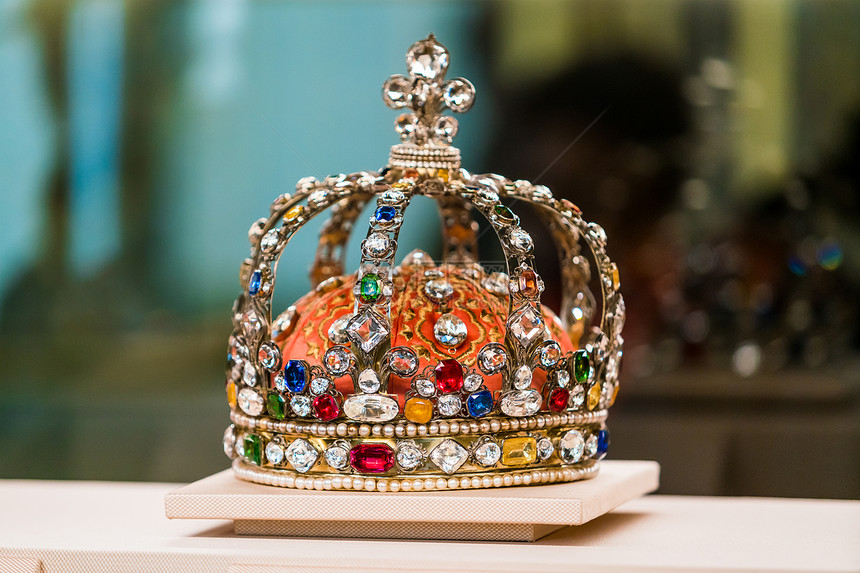
French medieval jewelry is not only the crystallization of wealth and aesthetics, but also the concrete expression of faith and power. In this era of coexistence of divine power and royal power, medieval jewelry, as a cultural language, played a vital role in religious ceremonies, political symbols and social hierarchy. They not only shine with the brilliance of gold, silver and gemstones, but also carry the most profound spiritual pursuits of that era.

The jewelry craftsmanship of medieval France combined the traditions of Rome, Byzantium and Germanic, and gradually developed its own unique style. The main sponsors of medieval jewelry were the church and the royal family, who used precious materials such as gold, rubies, sapphires, emeralds and enamel to create countless works of art representing faith and sacred order. For example, medieval jewelry such as cross pendants, reliquaries, holy relic containers, bishops’ scepters and crowns were not only used in religious ceremonies and coronation ceremonies, but also a visual means of conveying “sacred legitimacy.”
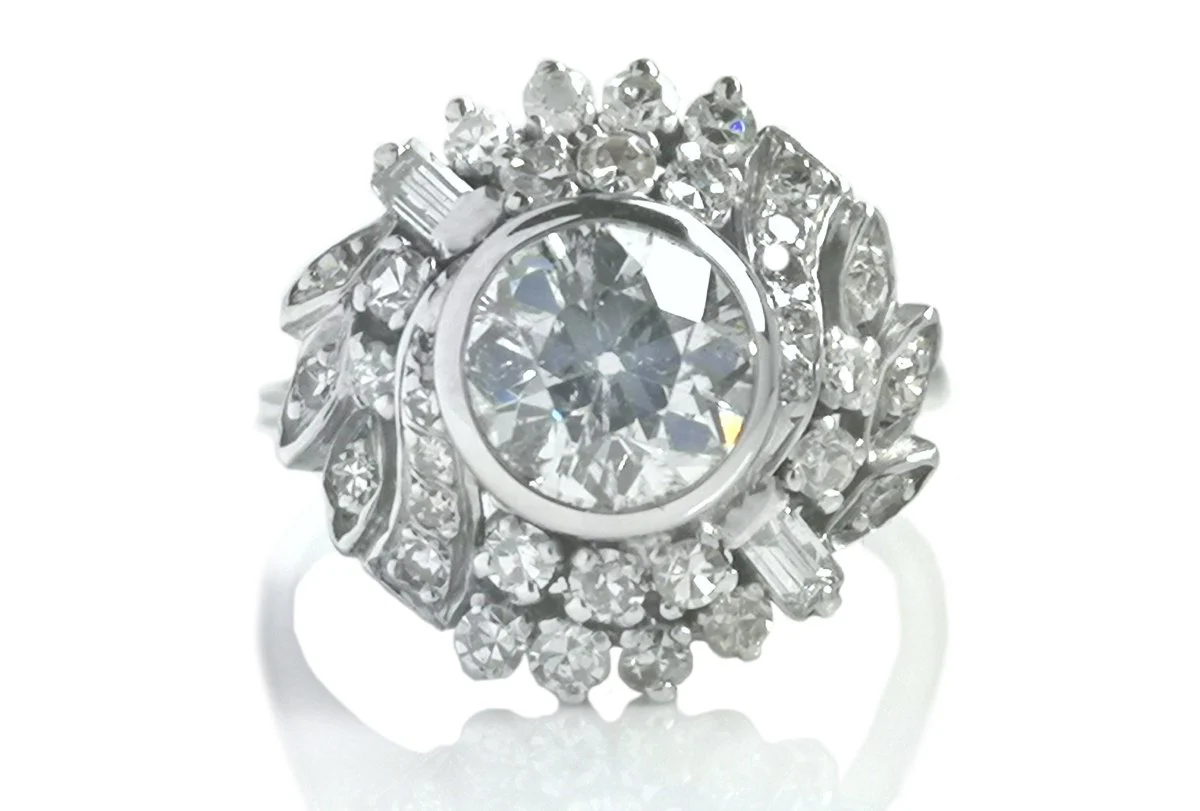
Faith is one of the core themes of medieval jewelry. In churches and monasteries, the collection of saints’ relics became the center of worship for believers, and these relics were often placed in gorgeous reliquaries made of gold and silver and inlaid with gemstones. Medieval jewelry was not only a religious container, but also a medium of faith, a bridge between the sacred and the mundane. Take the Abbey of Saint-Denis as an example. The large number of religious jewelry works collected there not only demonstrated the peak of medieval goldsmithing skills, but also reflected the visual expression of divine power in that era.
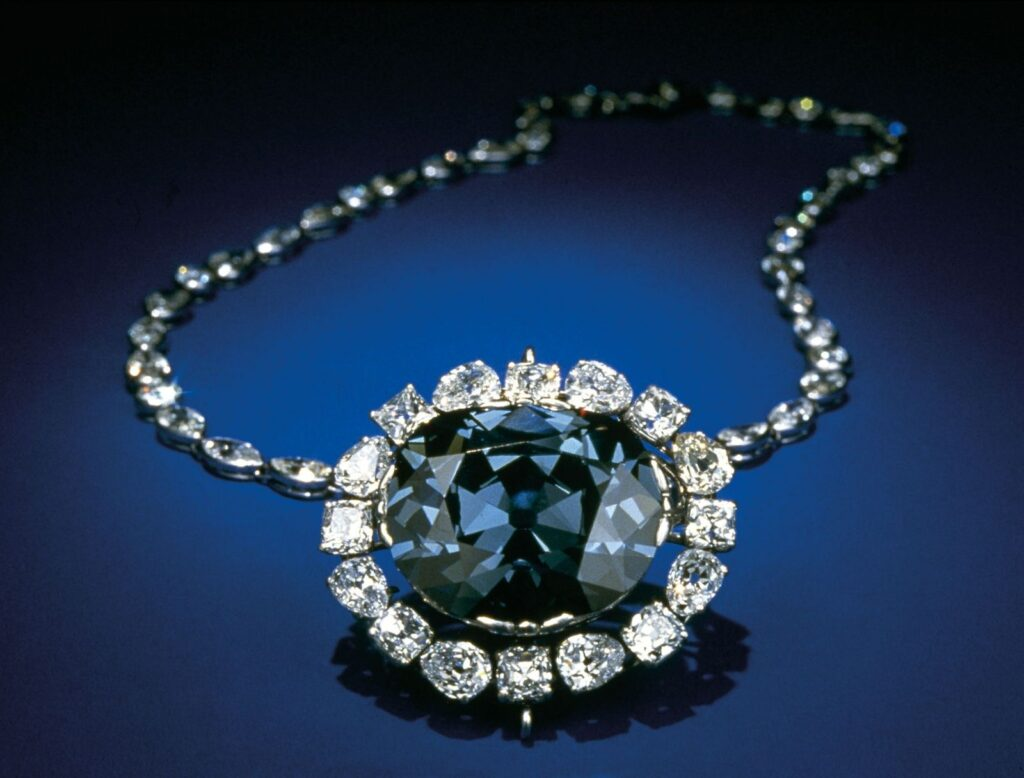
At the same time, the use of medieval jewelry by the monarchy emphasized the legitimacy and glory of the rule. French monarchs of all generations used jewelry to consolidate their status, such as the Carolingian and Capetian monarchs who wore gem-studded crowns and scepters during their coronation ceremonies. In the Middle Ages, jewelry was a symbol of power in the royal family, symbolizing the monarch’s “God-given” status. Louis IX (Saint Louis) enshrined the crown of thorns brought back from Jerusalem in the Sainte-Chapelle and protected it in a reliquary decorated with gold and gems. This was not only an act of faith, but also a model of the medieval apotheosis of jewelry and royal power.
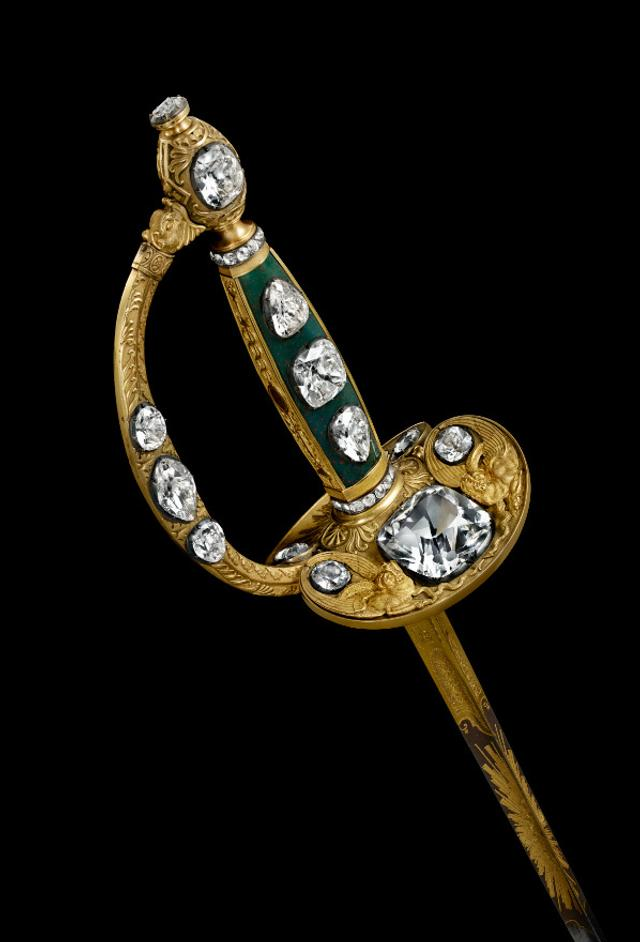
In terms of craftsmanship, medieval jewelry exhibits a high degree of technical complexity. Goldsmiths used techniques such as cloisonné enamel, transparent enamel, relief goldwork, and fine inlay to make jewelry not only a decorative object, but also a carrier of visual narrative. Many medieval jewelry are engraved with biblical stories, royal emblems, and church inscriptions. Each piece is like a miniature historical document, reflecting the intersection of faith, power, and art.

With the prosperity of cities and trade in the 12th and 13th centuries, the nobility and the emerging wealthy citizen class began to use medieval jewelry to show their identity and status. Jewelry worn by private people, such as pendants, rings, and brooches, also began to show personalized designs, but their symbolic meaning did not diminish. Even if they were separated from the center of royal power and the church, these medieval jewelry still deeply expressed a pursuit of spiritual values.
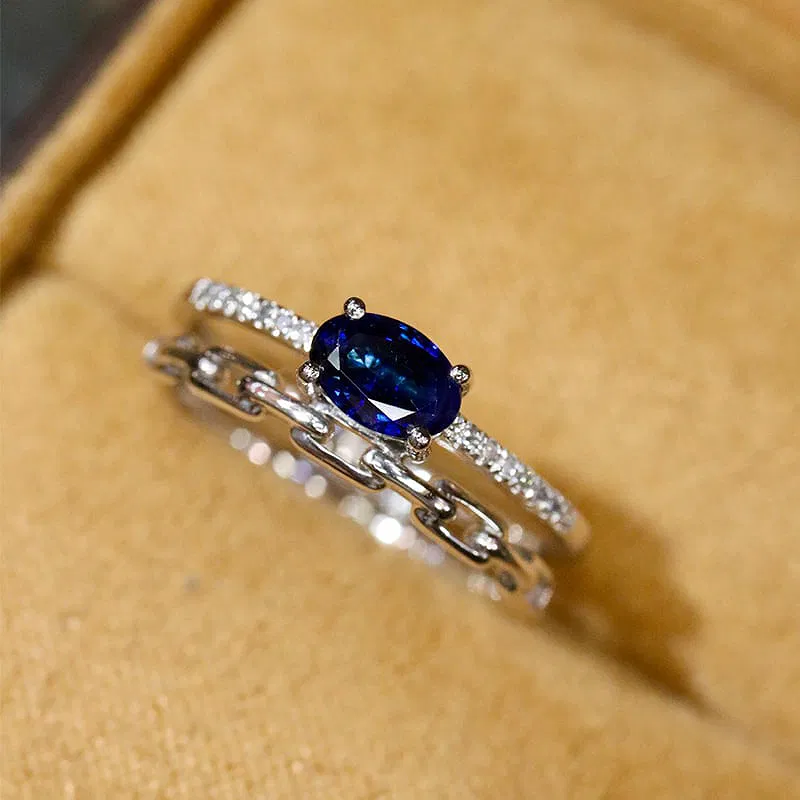
In summary, medieval jewelry is not only a material decoration, but also a condensed embodiment of the social structure, spiritual culture and political power of medieval France. From the sacred vessels of the church to the royal scepter and crown, from the clergy’s breast ornaments to the nobles’ rings, medieval jewelry always shines with the glory of faith and power. They not only reflect the technological and aesthetic heights of that era, but also tell a glorious history about faith, order and human spiritual sustenance.